Asynchronous learning with Glean
Remote learning has introduced many students to asynchronous classes for the first time. Learn more about asynchronous learning here by reading our article.
 2 min read
2 min read
 Published: 13 Jul 2020
Published: 13 Jul 2020
 Luke Garbutt
Luke Garbutt
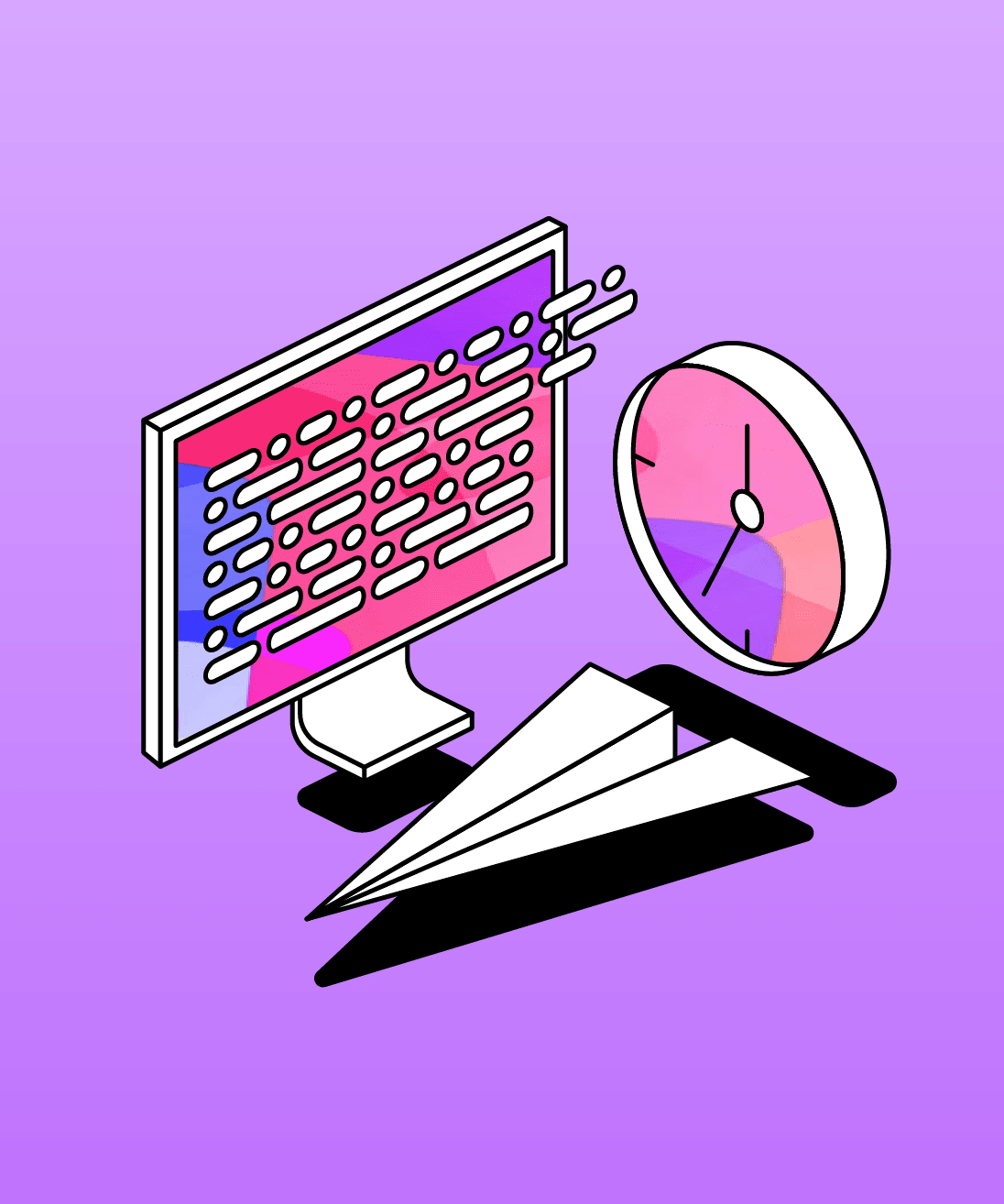
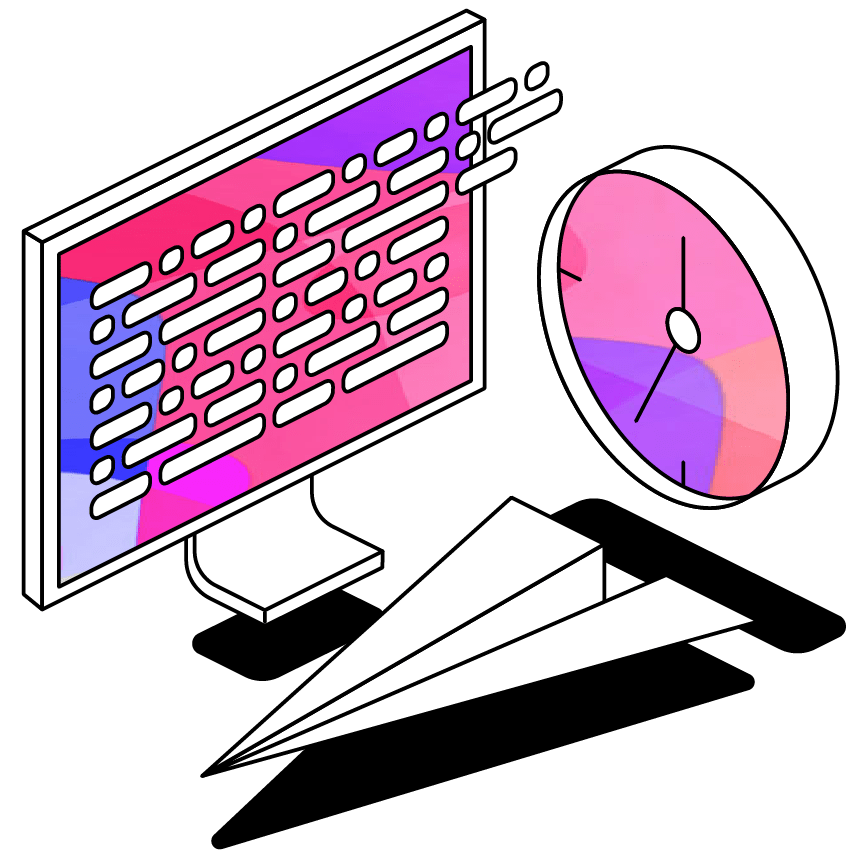
Accessing class content through recordings promises flexibility, but problems typically associated with distance learning become more likely to surface.
For example, procrastination and divided attention, disengagement and a disruption of routines could all easily flow from a lack of live classes.
So how can students benefit from the flexibility of asynchronous learning while downplaying the drawbacks? That’s where Glean comes in.
We’ve previously highlighted why note taking is important for online learning, but our focus was primarily on live classes. Because Glean is designed to work in a variety of contexts, much of this advice remains the same for asynchronous classes. But we’ve added a few additional steps to make it that much easier.
A simple note taking plan for recorded lectures
1. Maintain routines
Students have already had to adapt to new ways of learning. But this looks set to shift again in Fall, with a hybrid model of remote and campus learning proposed at many institutions.
The important thing to keep in mind is that a simple routine is key. Having set times to view recordings (where possible), study and review course materials is key to creating a sense of regularity and discipline during disruptive times.
2. Recreate a 'live feel'
Warding off divided attention and lost momentum is crucial for learning effectively at home. In fact, media multitasking (ie. switching between tasks or digital sources) leads to 8-10% poorer results on tests.* So while it might be tempting to break lectures down into smaller pieces, it’s important to view them without interruption.
- Melina R. Uncapher and Anthony D. Wagner, Minds and brains of media multitaskers: current findings and future directions, PNAS, Oct. 2018
3. Prime Glean for remote use
In 5 clicks, set Glean up to record audio directly from your browser. Simply click the drop down next to the record button and follow the prompts. You’ll now have a clean recording to go with your text notes and slides.
4. Use Glean to structure your learning
Let the class recording run alongside Glean, dropping in brief notes and highlights when a section comes up you’ll want to come back to.
By using Glean, students create an interactive scaffold of notes, structured around moments highlighted for review. Now, insights gained from class are held together in a simple, distraction-free structure, making it so much easier to find what you’re looking for when studying them later.
5. Maintain consistency across classes
Some classes might be live, others recorded. So it’s important to maintain a consistent note taking process to help you with organization. That’s why Glean can be so valuable for students with disabilities. It’s designed to be learned with virtually no training, and offers a consistency of process and organization that can be replicated in person or remotely, live or asynchronously.
Written by Luke Garbutt

Take a closer look
If you’ve not seen Glean in action yet, we’d love to give you a demonstration. Find out more about how Glean helps students take notes independently, how it could save your department time and money, and how you could trial it for free by following the link below!
More from Supporting Students
View All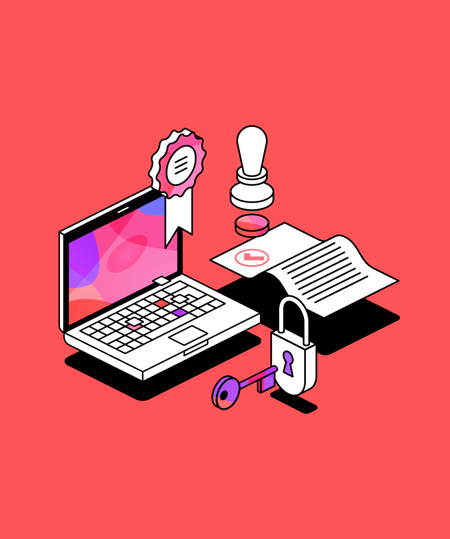
 3 min read
3 min read
AI in education: the importance of transparency
In a world increasingly reliant on AI, learners and educators alike need to trust the software they interact with. Transparency, from all parties, is essential when utilizing AI applications, especially in an education environment.
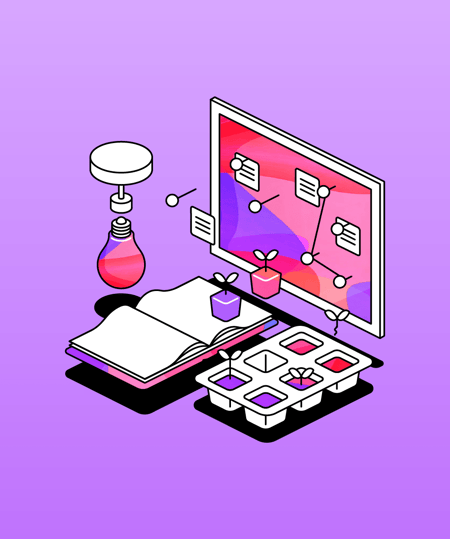
 3 min read
3 min read
Smarter studies: how to use Glean to support peer discussion and group work
Collaborative learning combines two key goals; working collectively and valuing the insights of others. In this article, we explore how Glean can be used in conjunction with this approach to teaching.
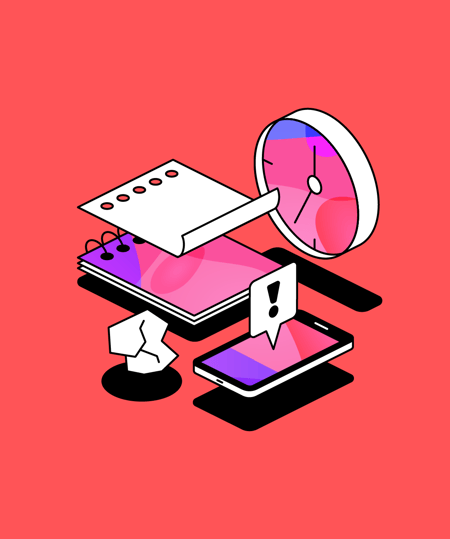
 2 min read
2 min read
From struggling student to AT advocate: how Glean shaped my academic career and journey
Ewan Richards, Assistive Technology Trainer from the University of Wales Trinity Saint David, discusses the struggles he faced as a student and why independence is being championed by him and his disability department on campus.





